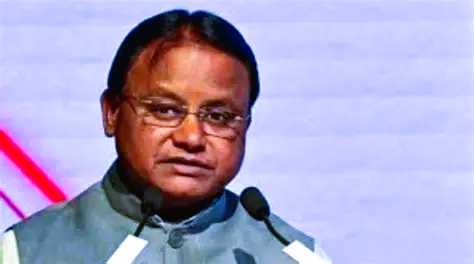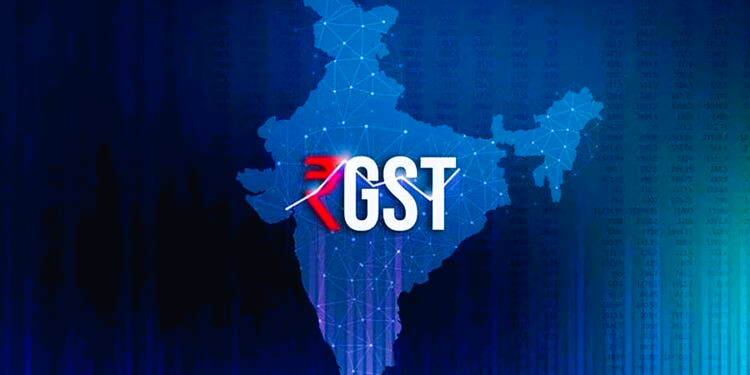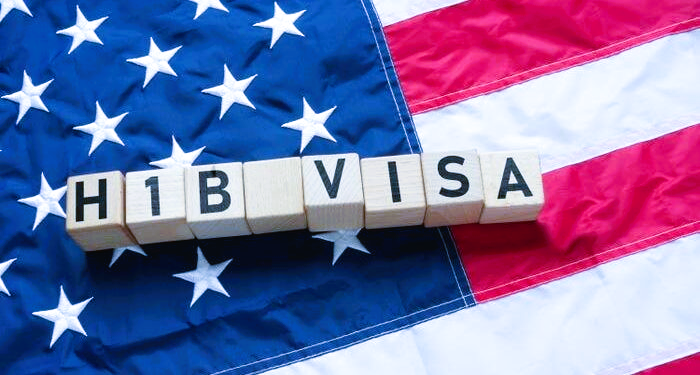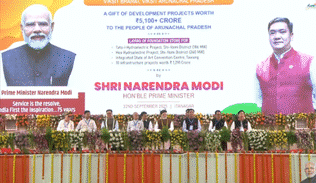India’s most significant GST reform since 2017 came into effect today, coinciding with the onset of Navratri. Prime Minister Narendra Modi launched the initiative as a “Bachat Utsav,” promising substantial savings for consumers and simplified compliance for businesses.
Under the new two-tier GST structure, most goods and services are now taxed at either 5% or 18%, replacing the earlier four-slab system.
Ultra-luxury items will attract a 40% levy, while tobacco products remain in the 28% bracket with an additional cess.
Prices have dropped on 375 items, including household staples like ghee, butter, paneer, and snacks, as well as aspirational goods such as TVs, refrigerators, and air conditioners.
The government estimates that combined GST and income tax reforms will save Indians nearly Rs 2.5 lakh crore this year.
The move is expected to boost festive demand, support SMEs, and cushion India against global trade pressures. While the government hails it as a landmark reform, the Opposition has criticised it as a superficial fix, arguing that essentials should never have been taxed.
Experts believe the timing—just ahead of Navratri—could drive consumer spending and give the economy a festive-season lift.

























